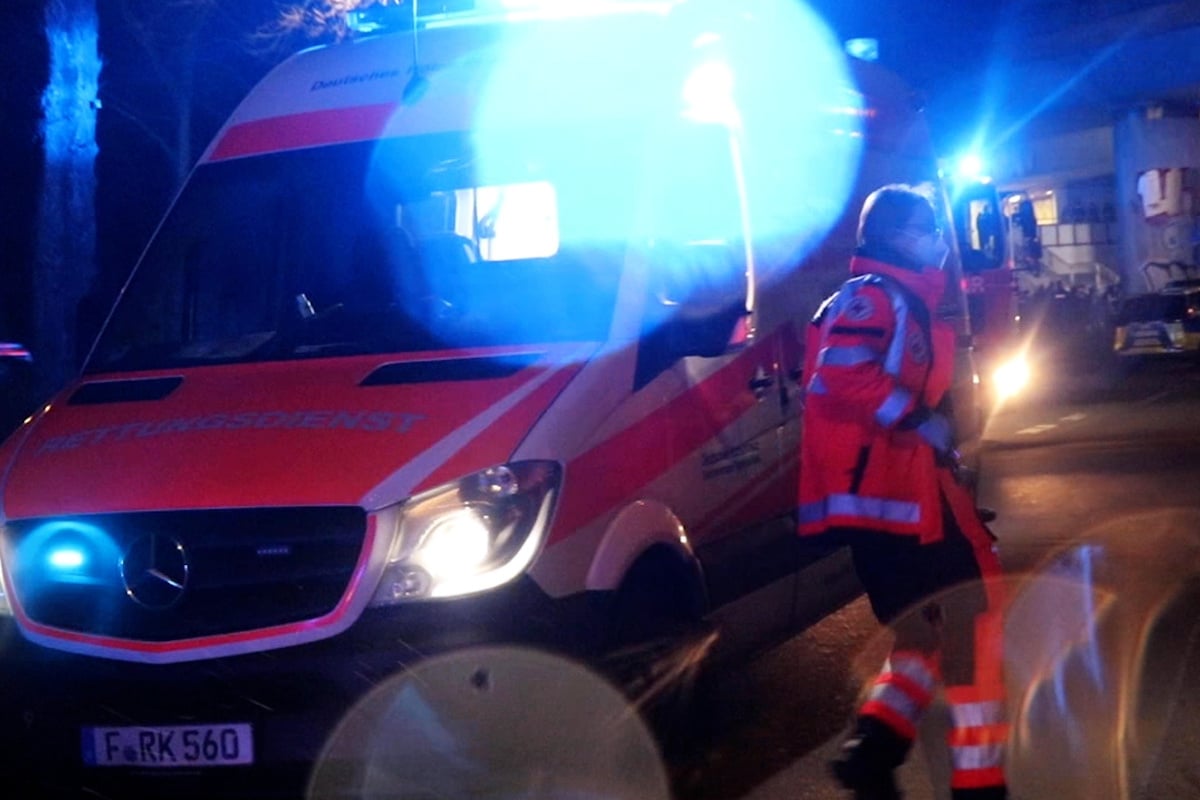A burn is defined as an injury that causes lesions or even the destruction of cutaneous or subcutaneous structures. Depending on its severity, it is classified under three levels. We are talking here about first degreefrom second degree and you third degree of burning, represented by various manifestations.
Many factors can be involved in a burn: heat, friction, fire, cold, chemicals, sun and many more. In the majority of cases, the burn can be treated at home. However, an advanced degree of burn (deep second degree and third degree) requires urgent medical intervention.
The following text offers more information on the different degrees of burns: from the causes to the treatments, including the symptoms.
burn levels
First of all, it must be understood that the degrees of burns are essential for adequate treatment. In fact, properly identifying the burn can prevent infections or other more serious complications.
First degree burn
The first degree burn is the most superficial type of burn. It only affects the epidermis and leaves no scars on the skin. Nevertheless, it is important to understand its causes and symptoms to better treat it.
What are the symptoms of a first degree burn?
A burning sensation and superficial pain are two of the main signs of a first degree burn. However, these last only a few hours – more rarely a few days (3 to 5 days).
The skin appears redder and may even swell slightly, in response to the phenomenon of vasodilatation (increase in the diameter of superficial blood vessels).
It is not uncommon for itching to accompany the redness. The surface of the skin may also be more dry and rough and peel in the following days.
What can cause a first degree burn and how do you treat it?
Some of the most common causes of first degree burns include:
- Exposure to UV rays (sunburn)
- Friction
- Contact with heat or cold
- Contact with a chemical
- Electrical shock
In order to minimize side effects like the burning sensation, you can apply a moisturizing cream or ointment. It is also advisable to place the affected area under cold water for 15 minutes to relieve pain.
Second degree burn
Blistering or breaking of the skin are telltale signs of a second degree burn. The latter is separated into two sub-categories: the superficial second degree and the deep second degree. Essentially, they manifest differently and require appropriate treatment — deep second degree is a medical emergency.
In both cases, it remains imperative to assess the size of the burn. If it exceeds a diameter of 2.5 cm, a medical consultation is strongly recommended.
What are the symptoms of a second degree burn?
Superficial second degree burn
- The appearance of blisters simultaneously or within hours
- Very intense and localized pain
- Very red skin
- Localized swelling
Deep second degree burn
- Very mild pain, meaning the nerve endings have been burned
- White skin: blood no longer circulates in the burned area, because the vessels have been burned
What can cause second degree burns and how to treat them?
Several causes are at play in the second degree burn. However, some are more common, such as:
- Contact with a very hot surface or object
- Exposure to cold (frostbite is a burn of the skin)
- Water vapor
- Hot liquids (the more the liquid is consistent, the greater the burn will be)
- Les irradiations
- Chemical products
Third degree burn
A third degree burn is a very serious injury. Here, it is the deep structures that are affected – such as muscles, fascias and tendons, and sometimes even bones. The tissues are literally charred, leaving the affected area extremely vulnerable to infection. Third-degree burns absolutely require an ER aisle. In addition, the healing of the lesions is generally subject to medical monitoring (wound care and dressing changes) as well as surgery in some cases.
What are the symptoms of a third degree burn?
Frequently, a third degree burn is accompanied by peripheral areas of superficial second degree burns. Due to this, the patient may experience pain. However, the parts targeted by the third degree burn are never the seat: the nerve endings have been destroyed there.
Otherwise, we can note:
- Cardboard looking skin
- Flaps of skin that peel away from the burned area
- A hard, brownish or whitish surface
- Red, painful areas around the main burn area (peripheral burns)
What can cause third degree burns and how to treat them.
In the majority of cases, a third degree burn is caused by the same factors as those mentioned above.
Take for example a chemical burn, an electric shock or a fire with a boiling liquid (frying oil, caramel, boiling water, etc.)
When should you see a doctor?
As mentioned above, it is essential to consult a doctor urgently during a deep second degree burn, as well as a third degree burn. The reason for the urgency of this situation is, again, the high risk of infections.
Also, since important tissues are damaged (such as nerve endings), certain sensory or motor functions may be corrupted. Prompt treatment can sometimes avoid this complication.
How to prevent burns
By their frequent nature, burns are one of the most common reasons for medical consultation. Ultimately, most are benign and do not require invasive medical intervention.
However, it is important to raise the vulnerability of young children to these injuries. Not only is their skin more sensitive, but they are often very curious about their surroundings. It is not uncommon for a child to burn themselves on a heater, on an electrical outlet, by touching a hot liquid, etc.
In the end, a good understanding of the causes is an excellent way to effectively prevent burns for you or your loved ones.
–


